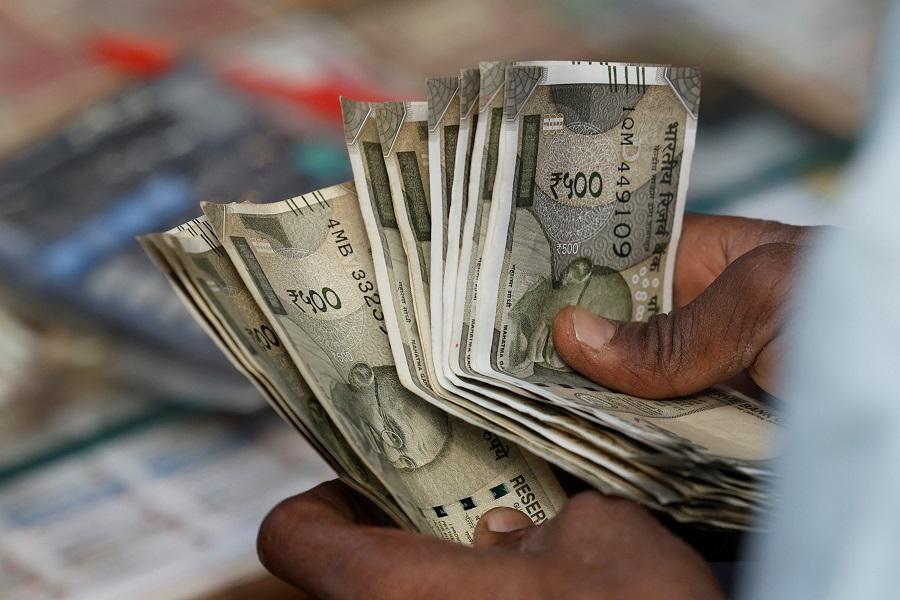
Rupee Set to Open Weaker as Trump Threatens 25% Tariff on Exports
The Indian rupee is expected to open weaker on Thursday after U.S. President Trump threatened a 25% levy on Indian exports, despite ongoing talks between the two countries. The news has sent shockwaves through the currency market, with traders anticipating a weaker opening for the rupee. In fact, the 1-month NDF suggests an opening range of 87.66-87.69, versus 87.42 previously.
The threat of a 25% tariff on Indian exports came from Trump, who is known for his aggressive trade policies. The U.S. President has been critical of India’s trade practices, citing concerns over intellectual property and market access. The move is seen as a major blow to India’s economy, which is heavily reliant on exports.
The rupee has already weakened significantly over the past few days, with the current rate hovering around 87.40 against the U.S. dollar. The currency has been under pressure due to a combination of factors, including a widening trade deficit and a decline in foreign investment.
However, the Reserve Bank of India (RBI) may intervene to stem the rupee’s decline, according to traders. The central bank has been keen to maintain the currency’s stability, and may take steps to prevent it from falling further. The RBI has already intervened in the currency market several times this year to stabilize the rupee.
The 1-month NDF, which reflects market expectations of the rupee’s value, suggests that the currency may weaken further in the coming days. The NDF is a derivative contract that allows investors to trade the value of a currency at a future date. The contract is used to hedge against currency fluctuations and can provide insight into market expectations.
The rupee’s weakness has significant implications for India’s economy, which is heavily reliant on imports. A weaker rupee makes imports more expensive, which can lead to higher inflation and a widening trade deficit.
The Indian government has been trying to boost exports and reduce the trade deficit, but the move by Trump has put a major dent in those efforts. The government has been working to diversify India’s export basket and increase exports to other countries, but the U.S. market is a significant one for Indian exporters.
The rupee’s weakness has also led to concerns over the economy’s ability to absorb the impact of the tariff. The Indian economy is currently going through a challenging period, with growth slowing down and inflation rising. A weaker rupee will only add to the challenges, making it more difficult for the government to achieve its economic targets.
In conclusion, the rupee is likely to open weaker on Thursday after Trump threatened a 25% levy on Indian exports. The move has significant implications for India’s economy, which is heavily reliant on exports. The RBI may intervene to stem the rupee’s decline, but the currency’s weakness will still have a significant impact on the economy. Traders will be closely watching the currency market to see how the situation unfolds.




